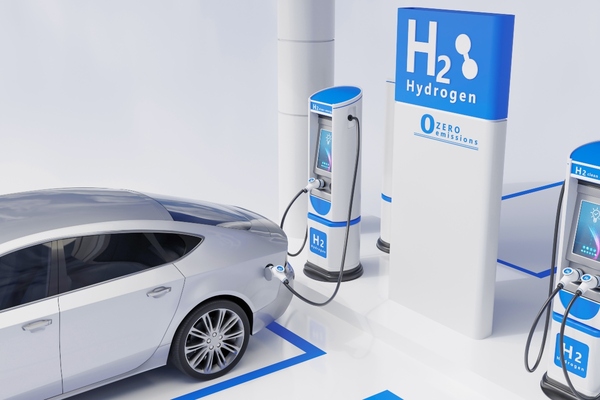When it comes to purchasing a car, consumers often consider various factors such as price, performance, safety features, and fuel efficiency. However, one aspect that significantly influences consumer preferences is car design. The way a car looks and feels...
When it comes to purchasing a car, consumers often consider various factors such as price, performance, safety features, and fuel efficiency. However, one aspect that significantly influences consumer preferences is car design. The way a car looks and feels can play a crucial role in attracting potential buyers and shaping their purchasing decisions.
Visual Appeal
The visual appeal of a car is one of the first things that catch the eye of potential buyers. Car manufacturers invest significant resources in designing vehicles that stand out from the competition. Sleek lines, aerodynamic shapes, and distinctive features contribute to creating a visually appealing car that captures attention.
Consumers often look for a car that reflects their personal style and taste. Whether it’s a sporty coupe, a practical sedan, or a rugged SUV, the design of the car plays a vital role in communicating the desired image to the world. A well-designed car can evoke emotions and make a lasting impression on consumers, increasing the likelihood of a purchase.
Functionality and Ergonomics
Car design goes beyond aesthetics; it also encompasses functionality and ergonomics. Consumers value cars that are easy to use, comfortable, and provide a seamless driving experience. The placement of controls, the accessibility of features, and the overall interior layout contribute to the comfort and convenience of the driver and passengers.
Intuitive designs that prioritize user experience make the driving experience more enjoyable. Consumers appreciate well-thought-out features such as easily adjustable seats, conveniently located storage compartments, and user-friendly infotainment systems. Car manufacturers that prioritize functionality and ergonomics in their designs can gain a competitive advantage in the market.
Brand Perception
Car design plays a crucial role in shaping brand perception. Each car manufacturer has a unique design language that sets them apart from their competitors. Luxury brands, for example, often focus on elegant and sophisticated designs that convey a sense of exclusivity and prestige.
Consumers associate specific design elements with different brands. For instance, a sleek and futuristic design may be associated with innovation and modernity, while a more traditional and conservative design may represent reliability and durability. Car manufacturers carefully craft their design language to align with their brand values and target audience, influencing consumer preferences and brand loyalty.
Influence of Technology

The incorporation of advanced technology into car design has become increasingly important in recent years. Consumers are attracted to vehicles that offer the latest technological features and innovations. From touchscreen displays to advanced driver-assistance systems, technology has a significant impact on consumer preferences.
The integration of technology in car design not only enhances the driving experience but also contributes to the overall perception of the vehicle. Futuristic designs that seamlessly incorporate technology can create a sense of excitement and anticipation in potential buyers. Car manufacturers that stay ahead of the curve in terms of technology integration can leverage it as a competitive advantage.
Car design plays a crucial role in shaping consumer preferences. The visual appeal, functionality, brand perception, and incorporation of technology all contribute to the overall desirability of a car. Car manufacturers that understand and prioritize these factors can establish a strong presence in the market and attract a loyal customer base.
The post The Influence of Car Design on Consumer Preferences first appeared on Auto Care Spot.








